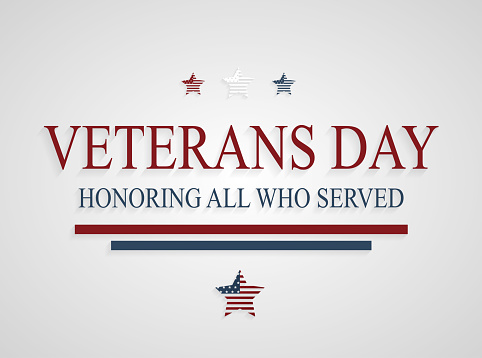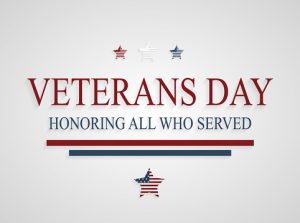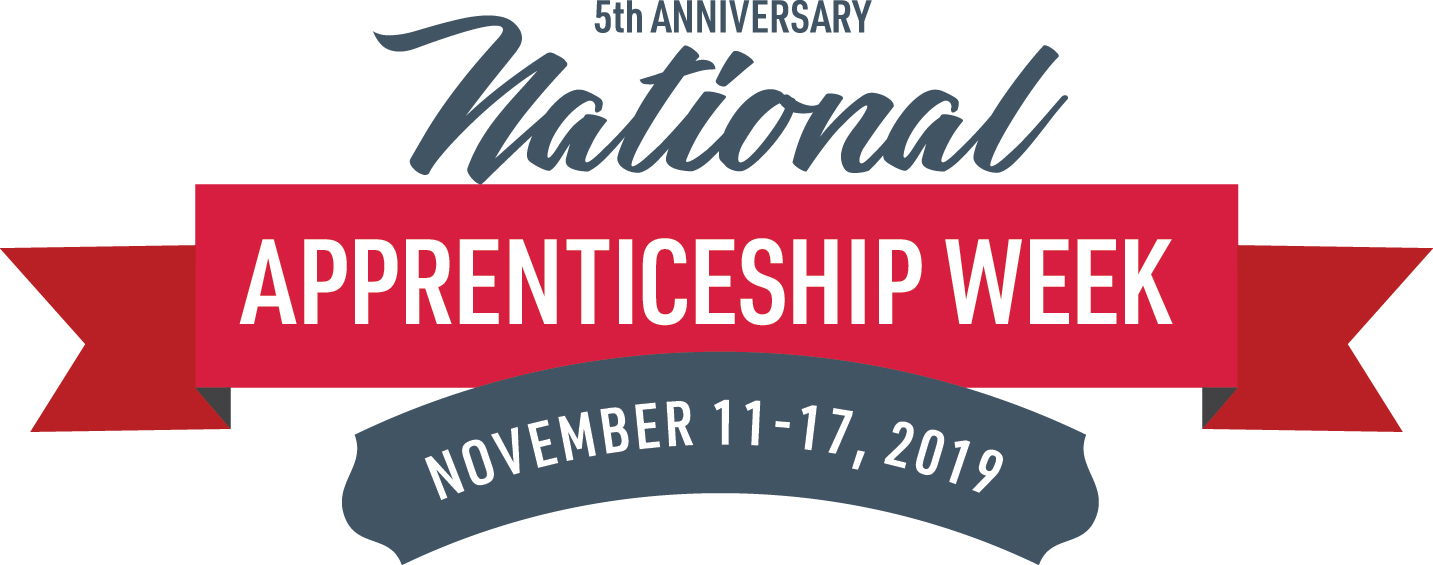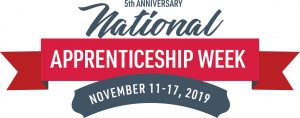
 Planning your civilian employment, career path, or education?
Planning your civilian employment, career path, or education?
If you’re a veteran looking for a job or planning your next career step, take a look at CareerOneStop’s Veteran and Military Transition Center, recently updated with some valuable improvements.
Veterans Job Matcher
Use the Veterans Job Matcher to identify civilian careers that match your military experience—and then see local job postings for the careers you’re interested in. Just enter your military job title or code to receive a list of civilian careers that use similar skills and work experience as your military job. You’ll find civilian career information such as typical wages, training expectations, and job outlook, and can then link to job postings in your local area.
Federal job hiring for veterans
Working for the federal government can be a great option for veterans. And many skills developed in the military can transfer readily to federal agency work, making veterans particularly valued candidates.
You can start exploring federal employment by checking out topics including veteran’s preference, Special Hiring Authorities for veterans, and how to find and apply for federal jobs.
Explore civilian careers
Whether you want to take your career in a new direction or work in a field related to your military experience, exploring civilian careers is an opportunity for learning.
You can take an interest or skills assessment to identify potential careers that fit you best, and then learn important details about your favorite career options, from typical tasks and education needed, to salary and employer demand.
There’s also information on how to translate your military skills, experiences, and accomplishments into terms that make sense to civilians who make hiring decisions.
Expanded guidance on civilian resume development
Learn how to craft a strong resume that represents your skills and experience effectively. You can view a variety of resume samples for ideas on how to translate military experience into civilian terms on a resume.
Help in your local area
American Job Centers are located in every state and help people search for jobs, find training, and answer other employment related questions. Most have a Veterans Employment Representative who helps veterans with disabilities to find employment. Local Veterans Employment Representatives meet with employers in the area to promote the recruitment and employment of veteran employee candidates.
If you are interested in furthering your education, Vets Reps will connect you with a local County Veterans Service Officer, who will help you navigate Veterans Education Benefits, and help you connect to healthcare services as well. Once you’re on campus, be sure to meet with your campus Veterans Certifying Official to certify that you are a student – this is needed to confirm that you are enrolled at the school, document the number of hours in school, etc.
You can also find resources in your state on the Veterans State Resource Finder, including resources for job search, education, homelessness, and those targeted for national guard/reserve members. Veterans Certifying Officials information is under the Educational Resources tab, and CSVOs, under “Other Resources.”


 National Apprenticeship Week begins November 11 this year. Now in its fifth year, the week is a nationwide celebration sponsored by the U.S. Department of Labor with the goal of highlighting the impact apprenticeship programs have on addressing the U.S. skills gap and preparing the American workforce for the jobs of today and tomorrow.
National Apprenticeship Week begins November 11 this year. Now in its fifth year, the week is a nationwide celebration sponsored by the U.S. Department of Labor with the goal of highlighting the impact apprenticeship programs have on addressing the U.S. skills gap and preparing the American workforce for the jobs of today and tomorrow.
 November is National Career Development Month, sponsored by the National Career Development Association, and CareerOneStop is kicking it off with this list of the top three CareerOneStop resources for counselors, according to feedback from career advisors this year.
November is National Career Development Month, sponsored by the National Career Development Association, and CareerOneStop is kicking it off with this list of the top three CareerOneStop resources for counselors, according to feedback from career advisors this year.
 See if you can recognize any basic skill gaps in this quote from a cafe manager who fired two of her high school age employees: “They never get in on time. Early in the day, our kitchen is really busy, so short staffing means orders are slow to arrive which makes customers unhappy. If I ask them to chop an onion, it takes 5 minutes. I talked to them several times, but I just reached the end of my patience.”
See if you can recognize any basic skill gaps in this quote from a cafe manager who fired two of her high school age employees: “They never get in on time. Early in the day, our kitchen is really busy, so short staffing means orders are slow to arrive which makes customers unhappy. If I ask them to chop an onion, it takes 5 minutes. I talked to them several times, but I just reached the end of my patience.”
 Each October,
Each October, 
 Online job banks offer a simple platform for organizations to post job openings, and for job seekers to search and apply for open positions.
Online job banks offer a simple platform for organizations to post job openings, and for job seekers to search and apply for open positions.



 A bachelor’s degree in Environmental Science can open the door to a broad variety of roles and types of organizations. Some environmental scientists spend most of their time in the field – whether studying soil, sampling water sources, measuring air quality; while others engage primarily in writing and research from a desk. Virtually all careers in Environmental Science involve taking a deep interest in environmental phenomena and problems, with a focused intent to understand and, when needed, resolve them.
A bachelor’s degree in Environmental Science can open the door to a broad variety of roles and types of organizations. Some environmental scientists spend most of their time in the field – whether studying soil, sampling water sources, measuring air quality; while others engage primarily in writing and research from a desk. Virtually all careers in Environmental Science involve taking a deep interest in environmental phenomena and problems, with a focused intent to understand and, when needed, resolve them.
 Looking for a way to develop professional relationships and build your network? Consider joining or becoming more active in a professional association.
Looking for a way to develop professional relationships and build your network? Consider joining or becoming more active in a professional association.